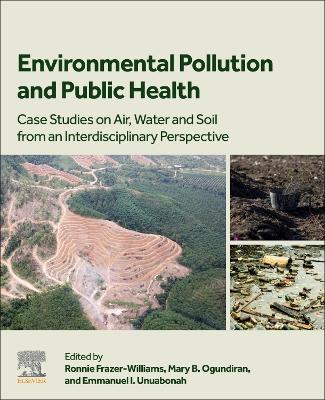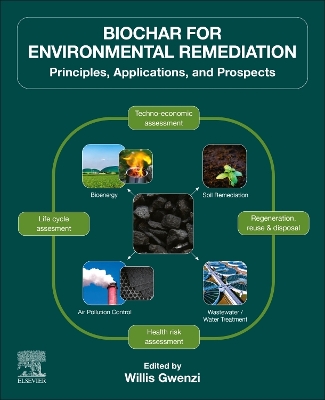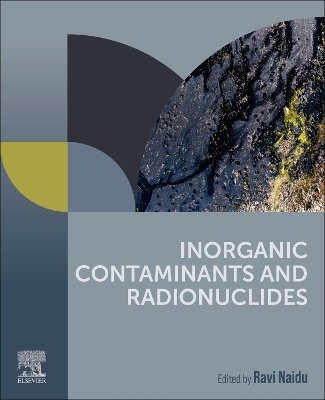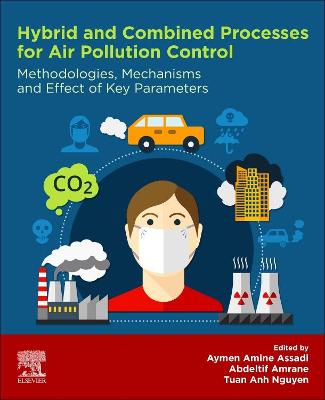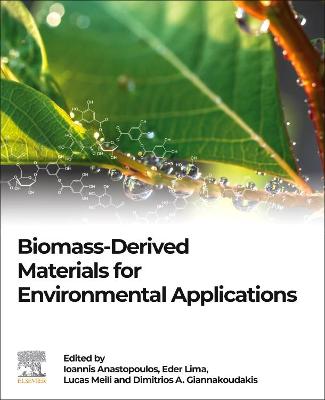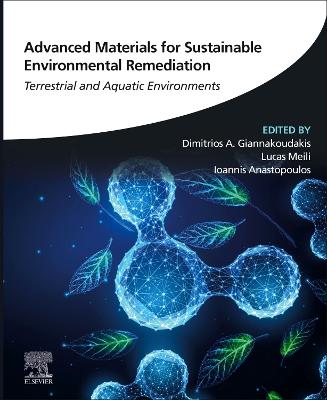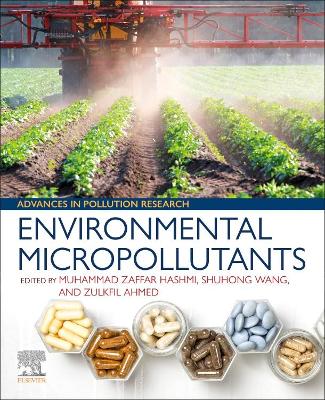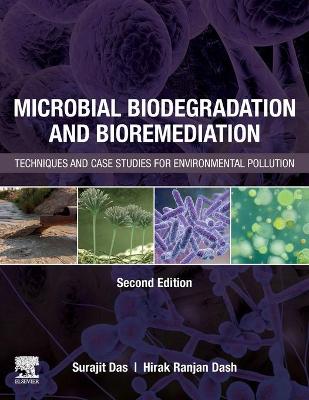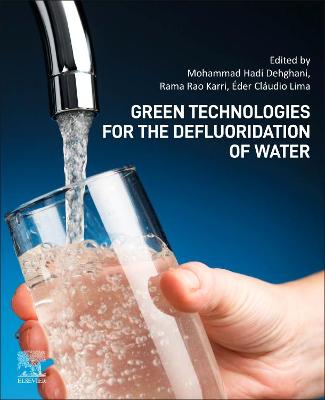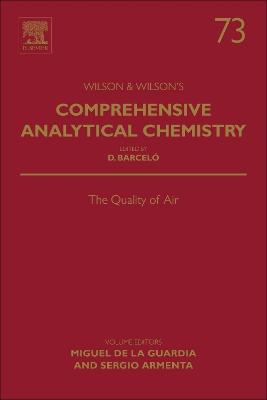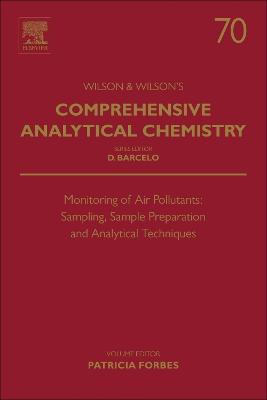Emerging Contaminants in the Terrestrial-Aquatic-Atmosphere Continuum
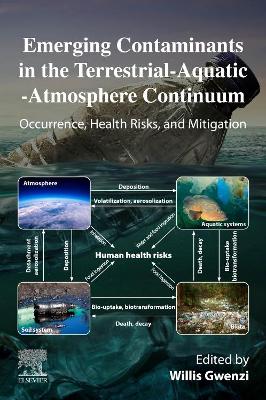 -10%
portes grátis
-10%
portes grátis
Emerging Contaminants in the Terrestrial-Aquatic-Atmosphere Continuum
Occurrence, Health Risks and Mitigation
Gwenzi, Willis
Elsevier - Health Sciences Division
05/2022
434
Mole
Inglês
9780323900515
15 a 20 dias
1180
Section B - Emerging contaminants in terrestrial systems 3. High-technology rare earth elements in the soil system: Occurrence, behaviour, and fate 4. (Micro)plastics in the soil system: Occurrence, behaviour, fate, and future directions
Section C - Emerging contaminants in aquatic systems 4. Occurrence and behaviour of emerging organic contaminants in aquatic systems 5. Anthropogenic rare earth elements in aquatic environments: Occurrence, behaviour, and fate 6. Microplastics in aquatic systems: Research focal areas, understudied matrices, and future research needs 7. Antibiotic-resistant bacteria and antibiotic resistance genes in aquatic systems: Occurrence, behaviour, and fate
Section D - Emerging contaminants in atmospheric systems 8. Air-borne emerging contaminants: An under-studied reservoir and a potential health risk? 9. Occurrence, behaviour, and fate of airborne microplastics
Section E - Ecological health risks 10. Ecological health risks of hightechnology rare earth elements 11. Ecological health risks of antibiotic resistance: A perspective on the evidence, challenges, and research needs 12. Ecological health risks of emerging organic contaminants 13. Occurrence and ecological health risks of microplastics
Section F - Human health risks 14. Rare earth elements: Human exposure, risk factors, and health risks 15. Occurrence, human exposure pathways, and health risks of microplastics 16. The environmental resistome: Human exposure, health risks, and research needs
Section G - Risk assessment and mitigation 17. Assessment and mitigation of pollution and health risks of emerging contaminants: A call for an integrated approach 18. Emerging contaminants: Approaches for policy and regulatory responses in low-income countries 19. Remediation technologies for contaminated soil systems 20. Bio- and chemical surfactants for remediation of emerging organic contaminants
Section H - The research agenda 21. Ten (10) key research questions on emerging contaminants and novel entities, and their health risks 22. Emerging contaminants: Epilogue, next-frontier novel entities, and a look ahead
Section B - Emerging contaminants in terrestrial systems 3. High-technology rare earth elements in the soil system: Occurrence, behaviour, and fate 4. (Micro)plastics in the soil system: Occurrence, behaviour, fate, and future directions
Section C - Emerging contaminants in aquatic systems 4. Occurrence and behaviour of emerging organic contaminants in aquatic systems 5. Anthropogenic rare earth elements in aquatic environments: Occurrence, behaviour, and fate 6. Microplastics in aquatic systems: Research focal areas, understudied matrices, and future research needs 7. Antibiotic-resistant bacteria and antibiotic resistance genes in aquatic systems: Occurrence, behaviour, and fate
Section D - Emerging contaminants in atmospheric systems 8. Air-borne emerging contaminants: An under-studied reservoir and a potential health risk? 9. Occurrence, behaviour, and fate of airborne microplastics
Section E - Ecological health risks 10. Ecological health risks of hightechnology rare earth elements 11. Ecological health risks of antibiotic resistance: A perspective on the evidence, challenges, and research needs 12. Ecological health risks of emerging organic contaminants 13. Occurrence and ecological health risks of microplastics
Section F - Human health risks 14. Rare earth elements: Human exposure, risk factors, and health risks 15. Occurrence, human exposure pathways, and health risks of microplastics 16. The environmental resistome: Human exposure, health risks, and research needs
Section G - Risk assessment and mitigation 17. Assessment and mitigation of pollution and health risks of emerging contaminants: A call for an integrated approach 18. Emerging contaminants: Approaches for policy and regulatory responses in low-income countries 19. Remediation technologies for contaminated soil systems 20. Bio- and chemical surfactants for remediation of emerging organic contaminants
Section H - The research agenda 21. Ten (10) key research questions on emerging contaminants and novel entities, and their health risks 22. Emerging contaminants: Epilogue, next-frontier novel entities, and a look ahead


